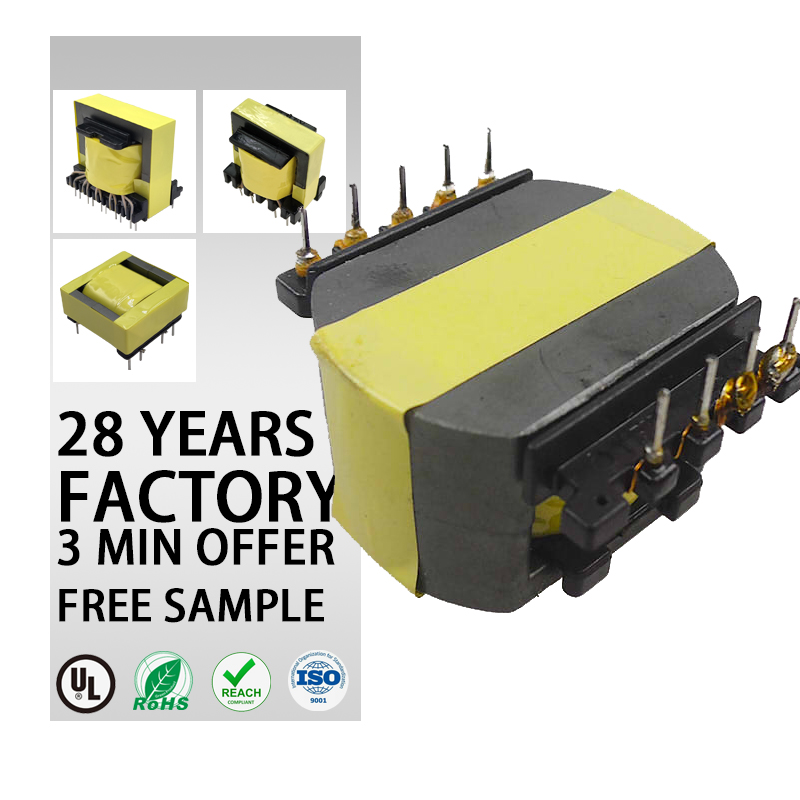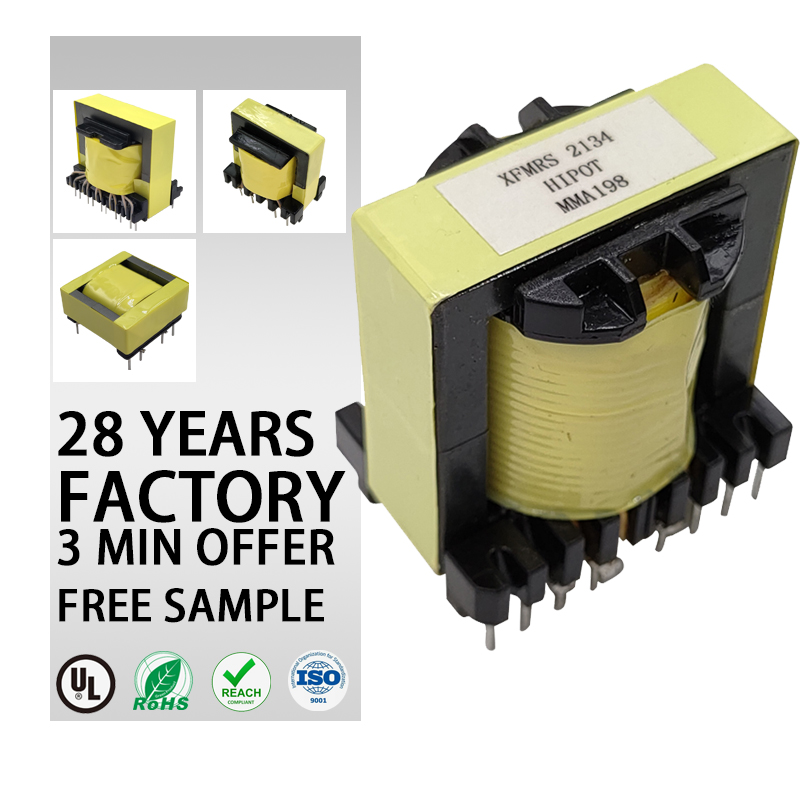How do you design and calculate a high-frequency transformer?
Designing and calculating a high-frequency transformer involves several steps and considerations to ensure optimal performance and efficiency. Here's a general outline of the process:
Define Requirements: Determine the specifications of the transformer such as input and output voltage, current, frequency, power rating, efficiency, and physical size constraints.
Choose Core Material: Select an appropriate core material based on factors like frequency range, saturation flux density, losses, and cost. Common core materials for high-frequency transformers include ferrite, powdered iron, and amorphous metal.
Calculate Turns Ratio: Determine the turns ratio (Np/Ns) based on the desired voltage transformation ratio (Vp/Vs). The turns ratio is calculated as the square root of the ratio of the secondary voltage to the primary voltage.
Calculate Inductance: Calculate the required primary and secondary inductance using the desired operating frequency and the turns ratio. Inductance can be calculated using the formula L = (V * (1 - D)) / (ΔI * f), where V is the voltage, D is the duty cycle, ΔI is the peak-to-peak current ripple, and f is the frequency.
Determine Wire Size: Select appropriate wire sizes for the primary and secondary windings based on the calculated current levels to ensure that the windings can handle the expected power without excessive losses or overheating.
Calculate Core Parameters: Calculate core parameters such as core area, window area, and core flux density using the operating frequency, turns ratio, and required power handling capabilities. Ensure that the core operates within its linear region to avoid saturation.
Design Winding Configuration: Determine the number of turns for the primary and secondary windings based on the calculated parameters. Consider factors such as wire thickness, insulation, and spacing to minimize losses and maximize efficiency.
Evaluate Losses: Calculate and evaluate various losses such as copper losses (due to resistance in the windings), core losses (eddy current and hysteresis losses in the core material), and stray losses (due to leakage flux and parasitic capacitances).
Simulate and Prototype: Use simulation software or prototyping to verify the design and performance of the transformer. Adjust parameters as necessary to optimize performance and meet design requirements.
Test and Validate: Once the transformer is fabricated, conduct thorough testing to validate its performance under real-world conditions. Measure parameters such as efficiency, voltage regulation, and temperature rise to ensure that the transformer meets specifications.
Iterate and Improve: Iterate on the design based on test results and feedback to improve performance, efficiency, and reliability if necessary.
Document and Production: Document the final design including schematics, bill of materials, and test results. Prepare for production if the transformer is intended for mass manufacturing.
Throughout the design process, it's essential to consider factors such as electromagnetic interference (EMI), thermal management, safety standards, and cost constraints to ensure a successful and reliable transformer design. Additionally, staying updated on the latest advancements in materials, technologies, and design methodologies can help optimize the transformer's performance and efficiency.










